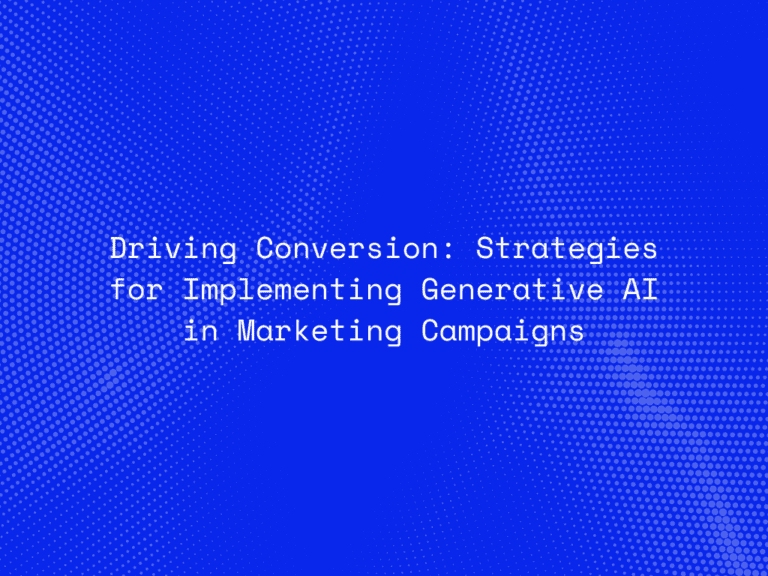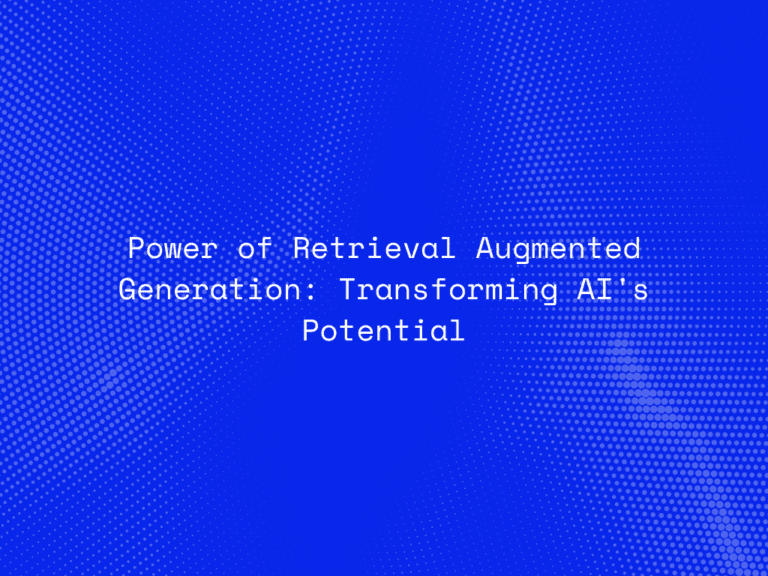The world’s cities are growing faster than ever before, bringing with them new challenges in transportation, sustainability, and infrastructure management. Congested roads, inefficient public transport, and unpredictable traffic patterns are no longer just inconveniences—they’re obstacles to urban progress. To solve these problems, cities are turning to artificial intelligence (AI) as the engine of predictive urban mobility, where real-time data and advanced algorithms enable proactive, sustainable, and intelligent transport ecosystems.
The Shift from Reactive to Predictive Urban Mobility
Traditional urban transport systems operate reactively. Traffic signals, bus schedules, and route planning typically rely on historical data or manual oversight. While these methods can manage day-to-day operations, they struggle to adapt to dynamic variables such as sudden weather changes, accidents, or population surges.
AI transforms this reactive model into a predictive, adaptive system. By processing vast amounts of real-time data—from sensors, cameras, GPS devices, and connected vehicles—AI can forecast mobility trends, anticipate disruptions, and recommend optimal responses instantly. This predictive layer forms the foundation of a truly smart city.
How AI Is Powering Predictive Urban Mobility
1. Real-Time Traffic Management
AI models use live traffic feeds, satellite imagery, and sensor networks to forecast congestion before it happens. Intelligent traffic signals can automatically adjust light durations and reroute vehicles based on predicted flow, drastically reducing travel times and emissions.
2. Optimizing Public Transport Networks
Predictive algorithms analyze passenger data to anticipate demand surges. For example, AI can identify when certain routes will experience crowding and dynamically adjust bus or metro frequencies. This ensures efficient resource utilization and improves commuter satisfaction.
3. Enhancing Safety Through Predictive Analytics
Machine learning models detect high-risk areas by analyzing patterns in accidents, weather conditions, and traffic behavior. This allows authorities to deploy preventive measures—such as increased surveillance or targeted infrastructure improvements—before accidents occur.
4. Supporting Mobility-as-a-Service (MaaS)
AI seamlessly integrates multiple modes of transport—ride-hailing, public transit, cycling, and car-sharing—into unified, on-demand mobility ecosystems. Predictive models help users plan the most efficient, cost-effective routes while balancing citywide mobility needs.
5. Smart Parking and Infrastructure Optimization
Parking contributes significantly to urban congestion. AI-powered systems predict parking availability, guide drivers to nearby spots, and help city planners redesign parking zones for better flow and land use. Similarly, predictive maintenance systems use AI to monitor the health of infrastructure like bridges, tunnels, and roads, reducing downtime and ensuring safety.
Real-World Examples of AI in Urban Mobility
-
Singapore: Utilizes predictive AI to manage traffic signals and optimize bus schedules, maintaining one of the world’s most efficient transport systems.
-
London: Transport for London uses machine learning to forecast passenger flows, reducing congestion during peak hours.
-
Los Angeles: Deployed AI-based traffic light optimization, cutting travel times by up to 12% and lowering vehicle emissions.
-
Barcelona: Uses AI-driven smart parking and connected infrastructure to minimize search time and energy waste.
These examples illustrate how AI transforms reactive systems into self-learning, adaptive networks that evolve with city dynamics.
Benefits of AI-Driven Predictive Mobility
-
Reduced Congestion: Real-time rerouting and intelligent traffic flow optimization decrease bottlenecks and delays.
-
Enhanced Commuter Experience: Predictive analytics provide accurate ETAs, personalized travel suggestions, and seamless intermodal transitions.
-
Operational Efficiency: Transit authorities and logistics companies can allocate resources dynamically, cutting costs and improving service quality.
-
Environmental Sustainability: AI models promote eco-friendly driving patterns and optimize routes to minimize emissions.
-
Increased Safety: Predictive insights help prevent accidents and reduce emergency response times.
Challenges and Ethical Considerations
While the promise of AI in urban mobility is transformative, implementation comes with challenges:
-
Data Integration: Bringing together disparate data sources—from private vehicles, public transport, and IoT systems—requires strong interoperability frameworks.
-
Privacy Concerns: Mobility data often includes personal information, necessitating robust anonymization and compliance with privacy regulations.
-
Bias and Equity: AI systems must be trained on diverse datasets to ensure fair mobility access for all citizens.
-
Infrastructure Readiness: Legacy systems and underdeveloped digital infrastructure can slow down AI adoption.
Overcoming these challenges demands close collaboration among policymakers, data engineers, AI experts, and urban planners.
The Future of Predictive Mobility: Smarter, Greener, and More Human
The future of urban mobility lies in AI-driven orchestration, where vehicles, pedestrians, and infrastructure communicate in real time through connected networks. Emerging technologies such as digital twins—virtual models of entire cities—will enable authorities to simulate and test traffic interventions before implementation.
Furthermore, as electric and autonomous vehicles become mainstream, predictive AI will synchronize charging schedules, optimize routes for EV fleets, and reduce energy consumption. This convergence of AI, IoT, and sustainability will create cities that think, learn, and evolve—designed for both efficiency and human well-being.
Conclusion
AI is not just improving how cities move—it’s redefining the entire urban experience. Predictive urban mobility turns data into foresight, helping cities make proactive decisions that reduce congestion, enhance safety, and promote sustainability.
As urban populations expand, embracing AI-driven intelligence is no longer a futuristic vision but a necessity for resilience, sustainability, and human-centered design. The smarter city of tomorrow is one that moves before the problem arises, powered by predictive AI and a vision for a more connected world.




